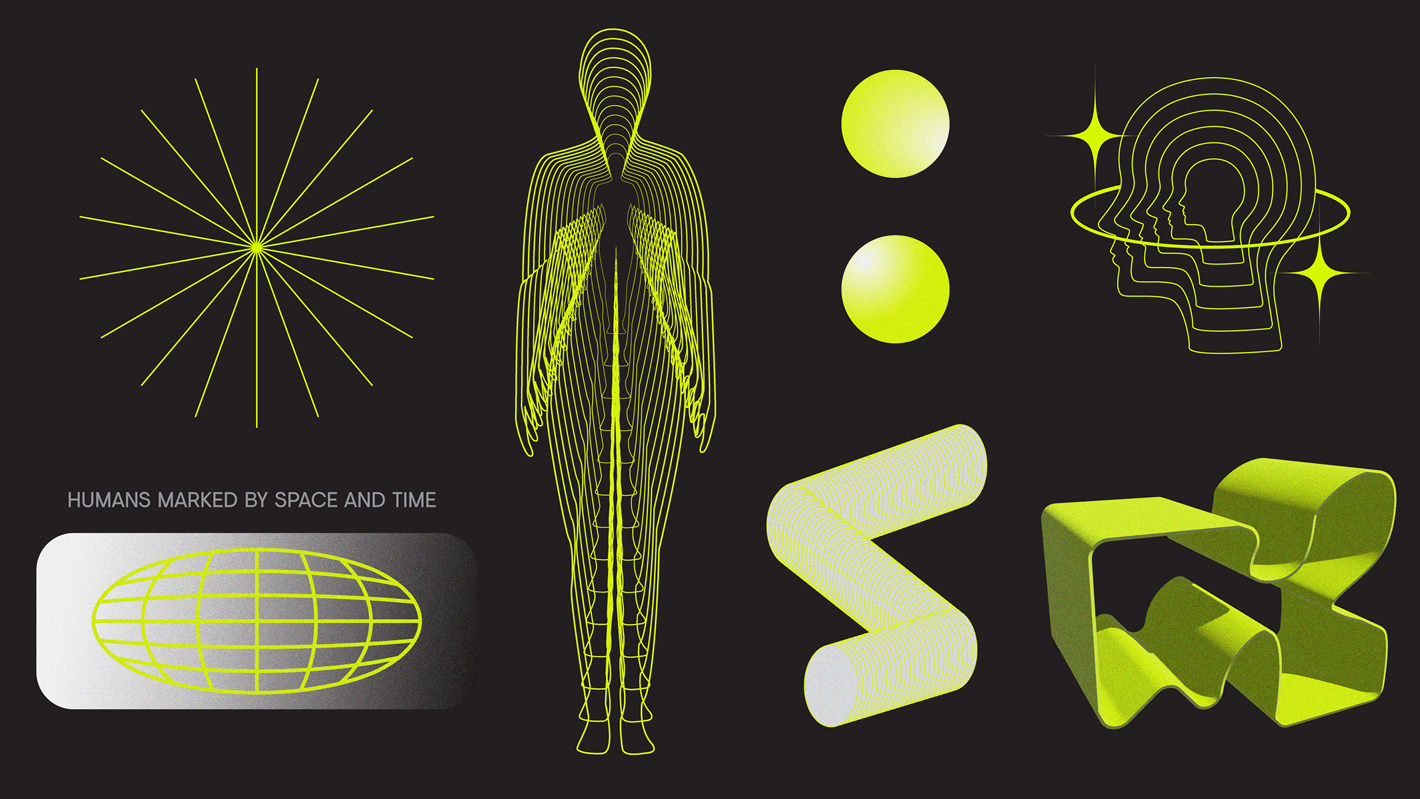3. Integrate artful technology.
As we plunge headfirst into the digital future, art and technology continue to be interwoven like never before. The opportunities to create unique and unforgettable experiences are many.
For Resorts World Las Vegas, our friends at Digital Kitchen launched a project titled GLOW that runs on the Strip’s famous LED surfaces. Resorts World is the first new resort on the Las Vegas Strip built in over a decade, and features some of the largest screens in North America. Digital Kitchen’s challenge was to create a content and multimedia experience to entertain and attract the millions of viewers who come to Las Vegas every year.
GLOW is a one-of-a-kind video and multimedia spectacle comprising five unique shows that bring the property’s technologically advanced architecture to life. Via an 100,000 sq. ft Tower screen, guests are swept up in psychedelic journeys into space, illustrated excursions across the globe, and surreal motion-capture love stories told through dance.
